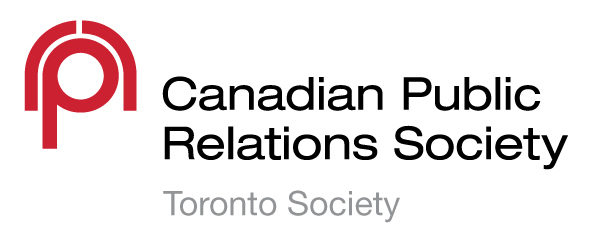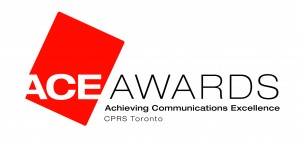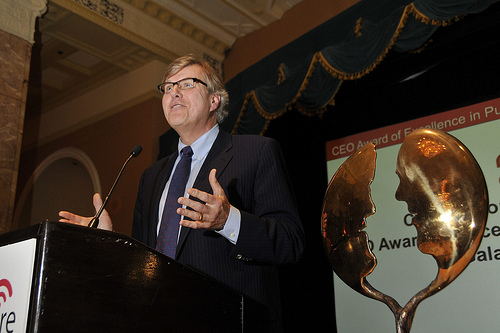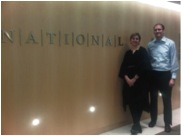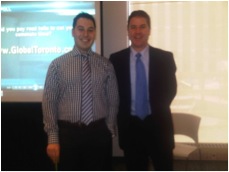If you missed the CPRS Toronto professional development (PD) program on May 24, you’ll want to see and hear the presentation by Toronto Hydro Communications & Public Affairs staff Gillian Earle, Advisor, and Karen Evans, Manager, now available to members online.
You’ll learn how the communications staff at Toronto Hydro engaged community members with their brand and produced meaningful and measured results.
For example, in addition to actively engaging community members with the Toronto Hydro brand at three staged events and earning an impressive 83% MR2P™ score for earned media coverage, Earle shares some astonishing data about the lasting effects of the Light the Night™ program in at-risk neighborhoods. The reduction in assaults and robberies is truly inspiring.
You’ll also hear about the evolution of Toronto Hydro’s community involvement strategy. Evans shares information about the strategic focus of past events and defines the corporation’s current emphasis on community activities that are relevant to the business and key stakeholders.
It’s easy to see why the Toronto Hydro communications team won a CPRS Toronto ACE Award for this program – the case reads like a virtual roadmap for brand- and community-building.
